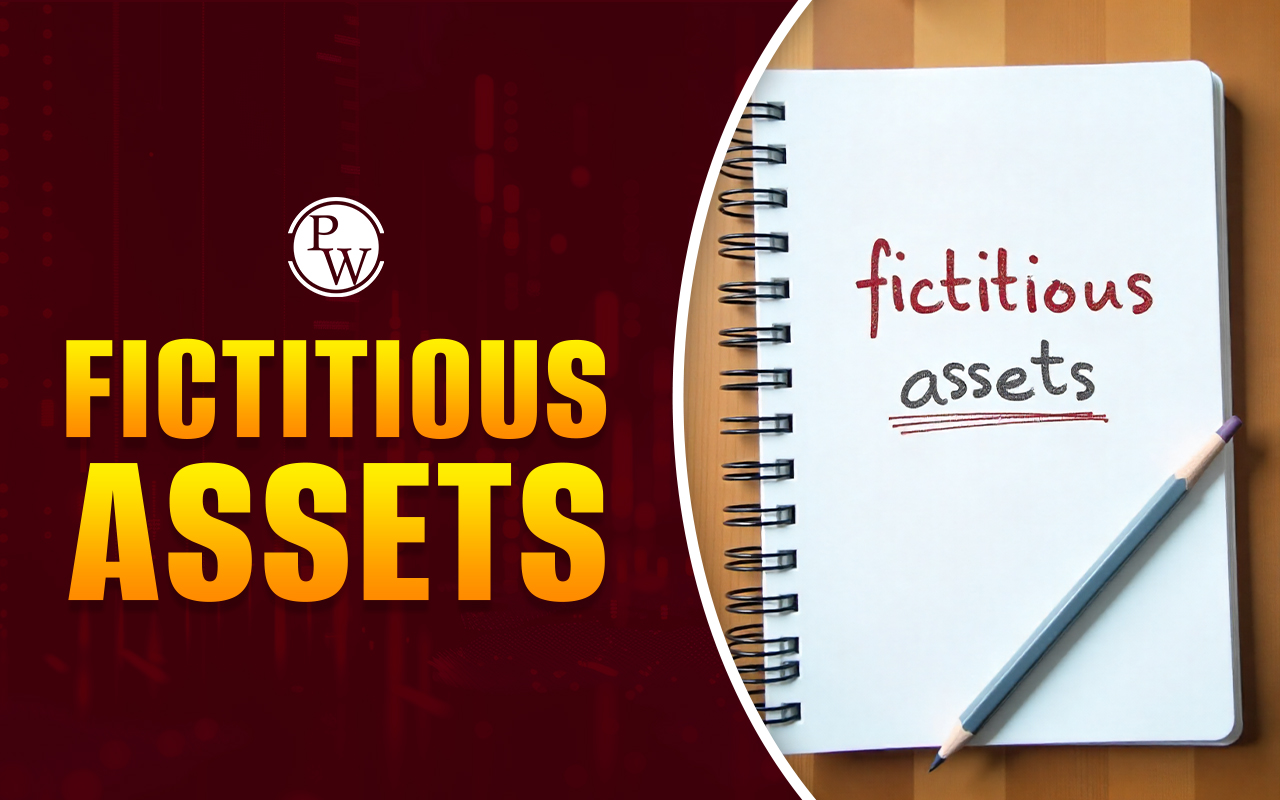
Physical Capital and Human Capital: Capital serves as the vital essence of a corporation, serving the dual purpose of preserving liquidity and facilitating the expansion of its operations. Both physical and human capital hold significant importance.
Although quantifying human capital can be a challenge, the outcomes of investments in human resources can be assessed using the same ratios employed to gauge the performance of tangible assets. Investments in both physical capital and human capital contribute to fundamental enhancements in the business structure and enhance overall decision-making.
Physical Capital and Human Capital Meaning
Physical capital constitutes one of the primary elements in the production process, encompassing items such as machinery, buildings, and equipment. These are man-made goods essential for transforming raw materials into finished products. Any new project necessitates significant investment in physical capital.
However, human capital refers to the education, talents, abilities and skills that workers contribute to a company. Employees are considered as valuable assets and they can be improved just like any other asset in the organization through training and development.
Features of Human Capital
- Human capital is intangible in nature.
- It evolves and improves through the processes of education, training, and work experience.
- Unlike physical assets, human capital doesn't lose value over time; in fact, its value tends to increase with accumulated experience and expertise.
- While not directly transferable, individuals can apply their skills and knowledge across various job roles and industries.
- Human capital is adaptable and can evolve by acquiring new skills.
- To enhance human capital, continuous learning and skill development are indispensable.
- A well-educated and skilled workforce with strong human capital plays a pivotal role in driving economic growth and fostering innovation.
- Human capital effectively oversees and utilizes physical capital, including tools, machinery, and infrastructure.
Features of Physical Capital
- Physical capital is tangible and possesses a measurable, concrete existence.
- These assets deliver productive services continuously for a prolonged duration.
- Physical capital results from human labor, investments, and construction activities.
- The value of physical assets declines over time due to wear and tear, obsolescence, or technological progress.
- Physical capital can frequently be purchased, sold, or transferred among individuals or organizations.
- The accumulation and effective use of physical capital propel economic growth and progress.
- Physical assets demand regular maintenance, repair, and occasional upgrades to remain functional and valuable.
Looking for the Best Commerce Coaching?
Enroll Now in PW Commerce Batches !
Difference Between Physical Capital and Human Capital
| Aspect | Physical Capital | Human Capital |
| Meaning | Inputs like factories, machinery, etc., necessary for production. | Skills acquired through education and experience. |
| Tangibility | Tangible and can be sold in the market. | Intangible; services can be sold, not the skills. |
| Mobility | More mobile between countries. | Less mobile due to cultural and nationality barriers. |
| Separability | Can be separated from the owner (e.g., building). | Cannot be separated from the owner (e.g., skills). |
| Formation | Result of conscious decisions and economic processes. | Partly conscious decision, partly a social process. |
| Depreciation | Depreciates over time due to wear and tear. | Can depreciate, but continuous investment mitigates. |
| Formation Process | Can be formed through imports. | Formation often requires conscious policy decisions. |
| Example | Land, building, machinery, etc. | Expertise, skills, education in human resources. |
Physical Capital and Human Capital FAQs
What is more important: human capital or physical capital?
What is the difference between physical capital and human capital?
What is physical capital and human capital formation?
What is meant by physical capital?
What is an example of human capital?













